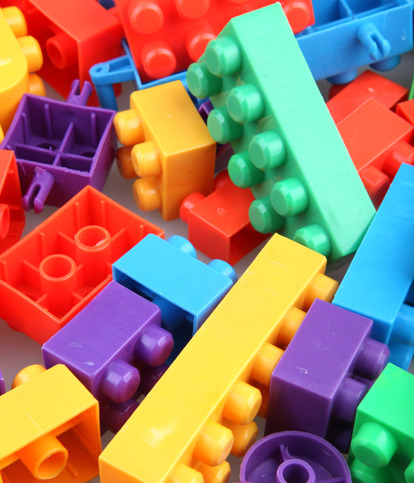 Plastic needs to be fabricated such that it can be used for various purposes such as wires, furniture parts, bottle caps, and many other commonly found plastic products around us. A manufacturing process that involves plastic molding for this purpose can be referred to as injection molding, a procedure that Superior Plastics knows all about!
Plastic needs to be fabricated such that it can be used for various purposes such as wires, furniture parts, bottle caps, and many other commonly found plastic products around us. A manufacturing process that involves plastic molding for this purpose can be referred to as injection molding, a procedure that Superior Plastics knows all about!
The Injection Molding Process
The entire process of molding takes about 2 minutes and comprises of four different stages namely clamping, injecting, cooling, and ejecting. The machine used is called the plastic injection molding machine. Raw plastic is usually fed in to the machine where it is melted under high pressure and temperature. The injection machine then injects the melted plastic into the mold where it is made to cool and further solidify into the desired shape. Plastic is highly versatile and can be easily molded or recycled. This makes it capable of being used in a wide range of applications. After the completion of each cycle, a small portion of post-processing would be required. This mostly involves lending a fine finish to the cooled part by trimming or scrapping the additional solidified plastic molding parts.
Plastic Molding Machine
A typical injection molding machine comprises of a clamping unit, injection unit, and a mold assembly unit. A power source to drive the different units is the basic requirement. The clamping unit is responsible for holding the two separate halves of mold before securely closing it to form the desired shape. The injection unit then plays an important role in heating and injecting the plastic into the mold.
The molds are mostly made of aluminum or steel. The mold has a number of components attached with it, but is broadly split into 2 halves. One half is attached inside the plastic injection molding machine, whereas the rear part has the ability to slide, so that it can be opened and closed to hold and release the plastic mold.
Plastic injection molding can produce a large number of precise plastic parts at once for various applications. The machine is known to have high tolerance levels as required by the end product. This process is perfectly suited for applications that require large number of pieces. In fact there are certain parts which cannot be manufactured through any other alternative method, and need to invariably undergo plastic molding through injection molding machines.
Materials Used in Injection Molding
Polymers are the main materials that are used in injection molding machines. They also include thermosets, elastomers, and thermoplastics. Mostly the raw forms of these materials are used in the molding process. This is usually found in a powdered form or sometimes is available in the form of tiny pellets. Certain colorants are added during the process to obtain the desired color of plastic. Here’s a great video (how Mega Blocks are made!) of the pellets and how they’re a part of the plastic molding process.
Not all products undergo similar actions in the injection molding process. The action that a product undergoes depends on its property and the functions of the end product. The differentiating parameters here mainly include varying temperature and pressure, and the
total process time taken.
Want to Learn More About Plastic Injection Molding? Contact the Experts!
Plastic injection molding is highly useful for creating specialized plastic parts for automobiles, machine components, utensils, and more. Injection molding is also a great option for developing a patent or prototype for distribution or testing. If you’ve got a plastic parts order or a prototype you’d like to develop, contact Superior Plastics and we’ll answer all of your plastic injection molding questions!
